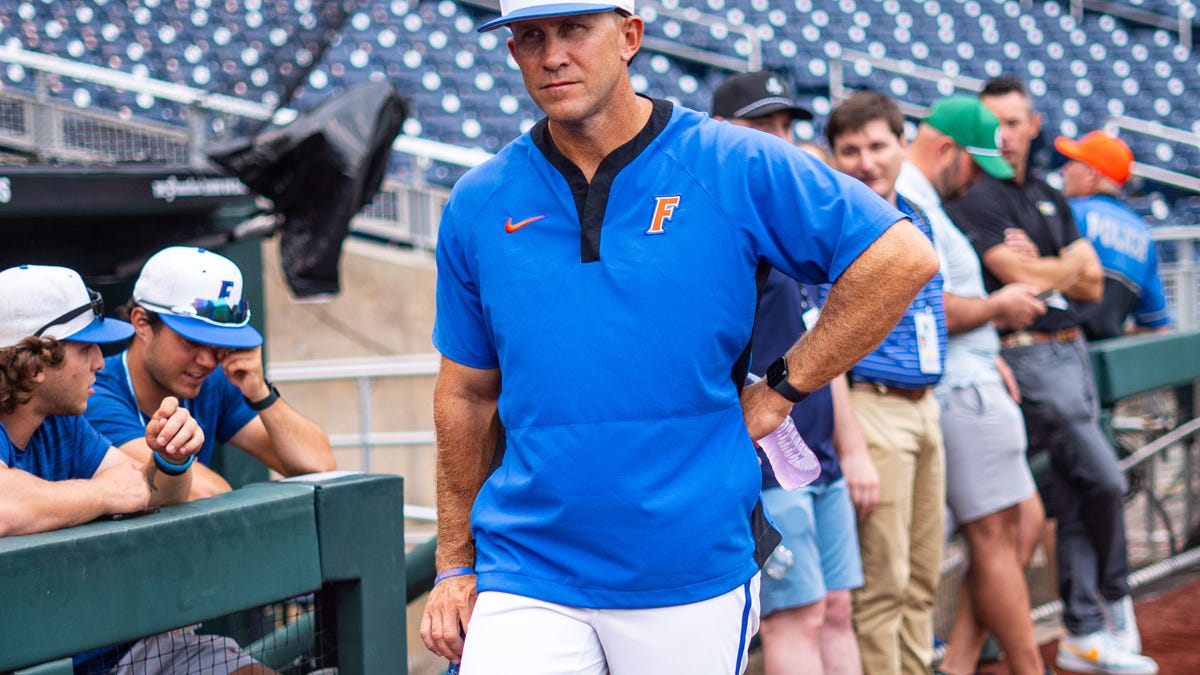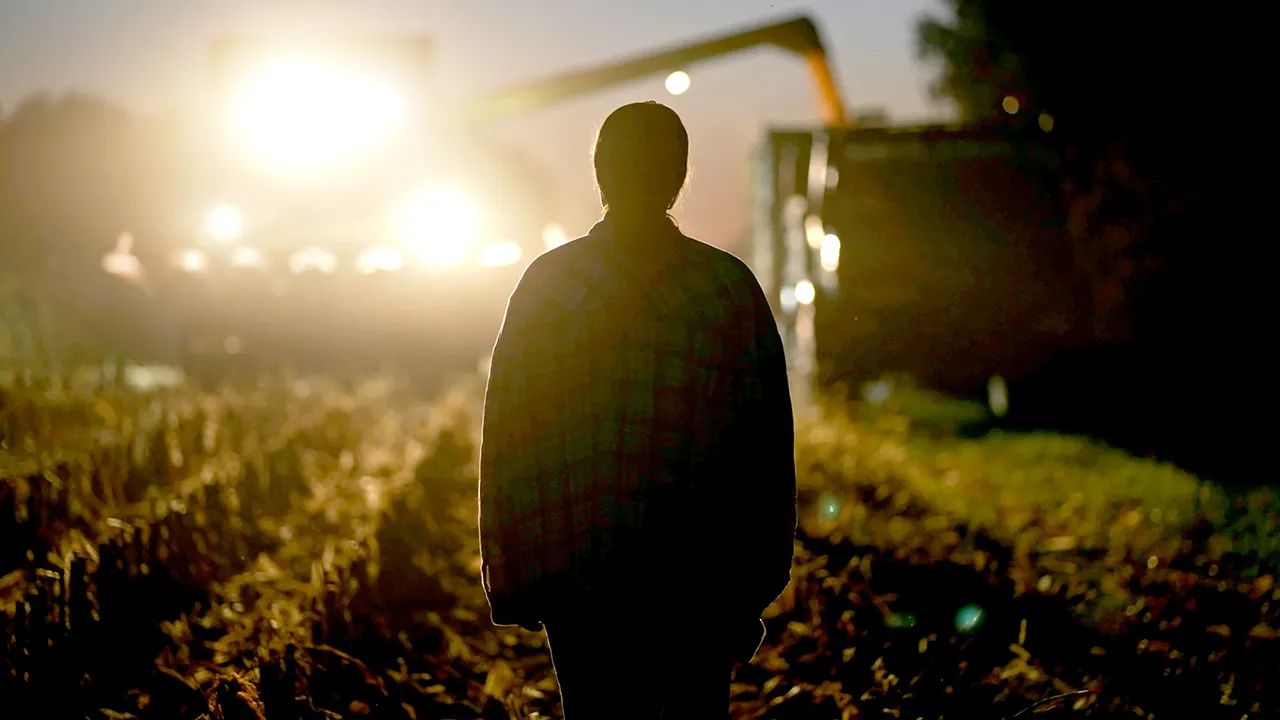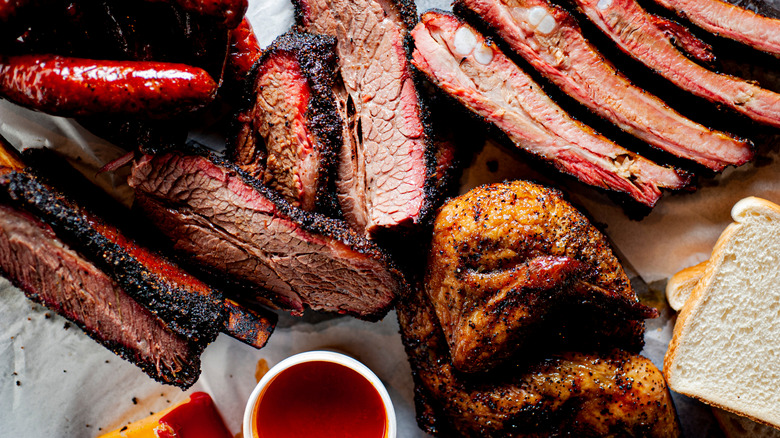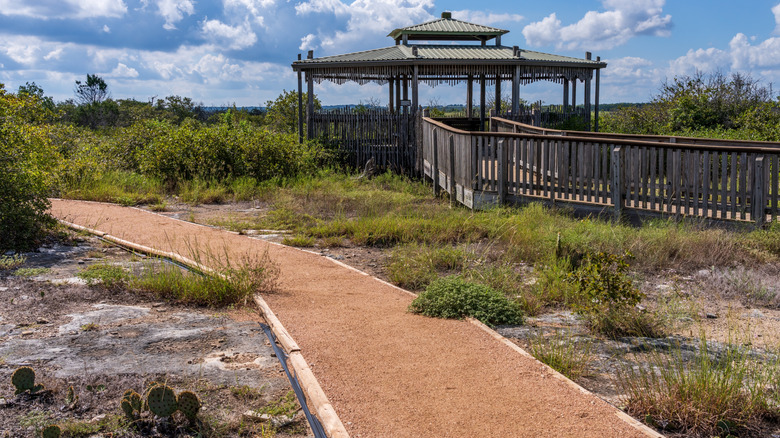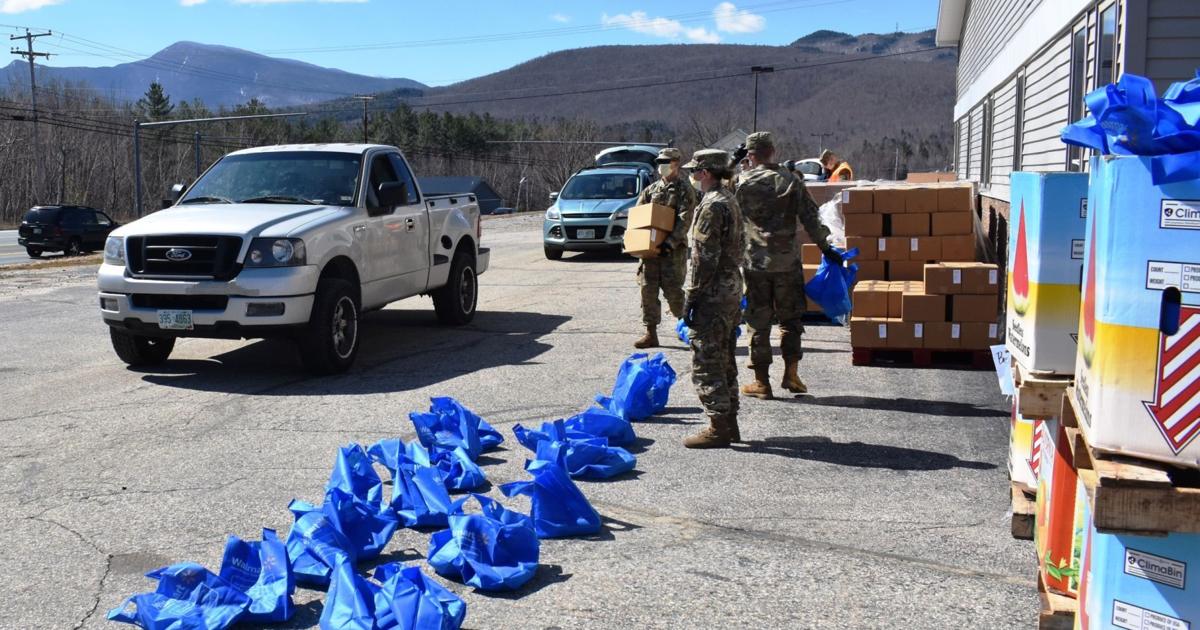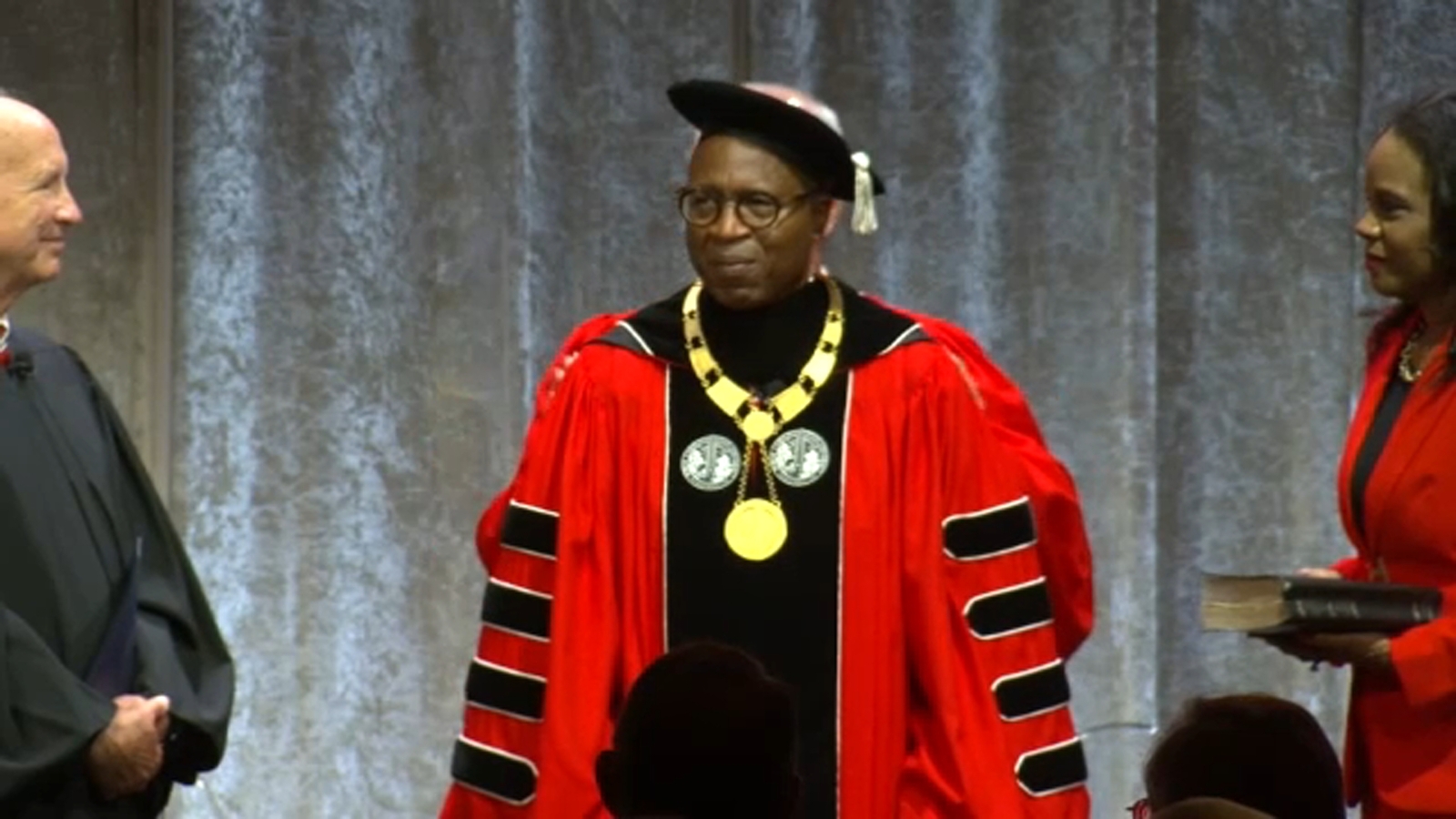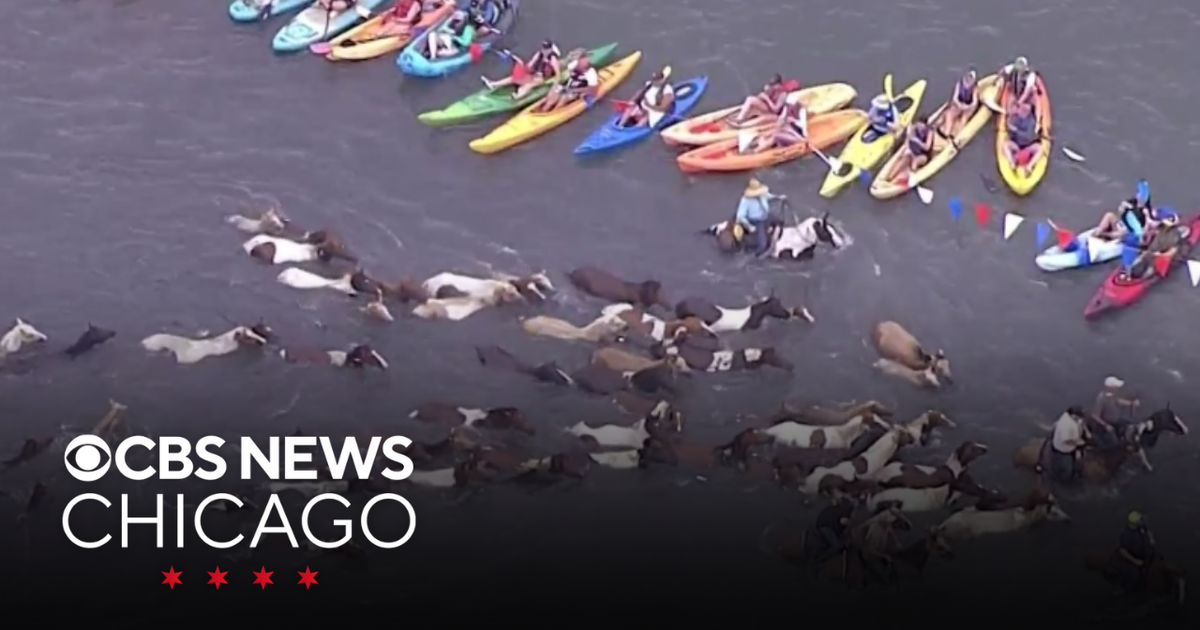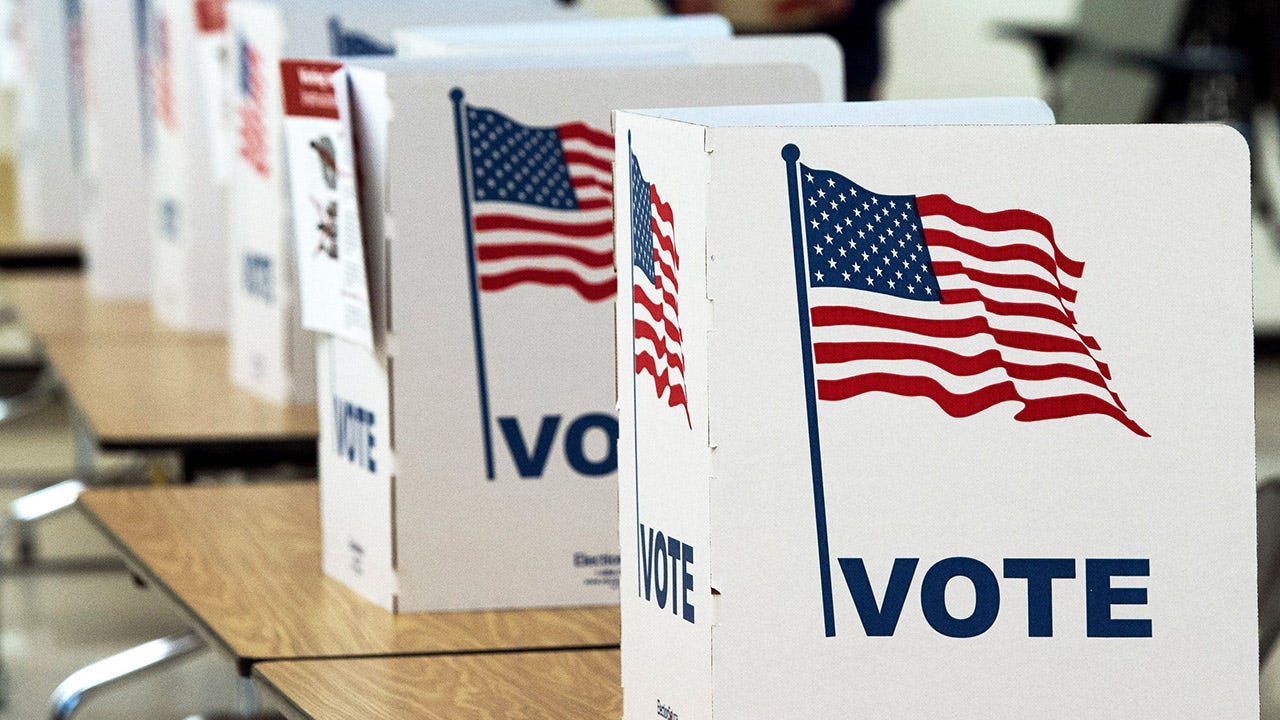Austin, TX
Ready for school? Know what vaccines are required in Texas and when to get flu, COVID shots
What causes hiccups? Here’s how to stop hiccups with remedies.
Here’s why hiccups happen and the best tips and tricks to get rid of them.
Ready to go back to school? Are you caught up on all your vaccinations? What about the COVID and flu shots?
Most schools start next week, unless you’re in Austin school district, which doesn’t start until Aug. 20 (lucky kids!), and schools like Del Valle, which started this week (completely unlucky kids!).
Here’s what vaccines you need to get into school without getting a waiver, and when you can expect the flu and COVID shots:
When will the latest COVID and flu vaccines be available?
The Centers for Disease Control and Prevention last week recommended updated COVID-19 and flu vaccines for everyone ages 6 months and older for this fall season.
We need a new vaccine of each of these because they are worldwide viruses that are constantly evolving, said Dr. Edgar Navarro Garza, a pediatrician at Harbor Health. “The virus changes because it’s trying to fight our defenses.”
You get a COVID-19 and flu vaccine to not get complications, Garza said. “You might still get sick with the virus,” he said, but you are less likely to be part of these statistics: In 2023, almost a million people in the United States were hospitalized for COVID and more than 75,000 died from the virus. In the most recent flu season, almost 45,000 people died from flu, according to the CDC.
This season’s flu vaccines usually start to show up in mid- to late August or the beginning of September. The new COVID-19 booster is expected to be available by mid- to late-September. You can do both at the same time, with the ideal time being before Halloween. That gives your body time to form a new set of the protective antibodies before the height of the winter COVID-19 and flu season, which usually is at its height from Thanksgiving and lasts through February.
Of course, as we have learned this summer, COVID-19 and flu can happen at any time. Texas currently has a very high level of COVID-19 in the wastewater and locally 80% to 100% of the water sampled at Travis County treatment plant has COVID in it. A Hays County plant had 60% to 80%. If you didn’t get the current COVID-19 booster last fall or later, you could go ahead and get that version before school starts. You don’t have to wait until the newest shot.
Learn more: Is COVID still around in Central Texas? Austin area seeing spike in cases this summer.
What vaccines do you need to get into school?
Anytime you enroll your child in a new public school, you’ll need your child’s vaccine record.
There are two key times when all students’ vaccines records are checked: kindergarten and seventh grade. The seventh grade one often sneaks up on parents.
Children are not allowed to attend school without required vaccines unless they have an exemption. For kids who have never had any vaccines, there is a catch-up schedule from the CDC that doctors will follow.
The Texas Department of State Health Services has a handy worksheet with all the required vaccines, but basically it breaks down to this:
By kindergarten:
- Diphtheria/tetanus/pertussis (usually four or five doses)
- Polio (three to four doses)
- Measles, mumps and rubella (two doses)
- Hepatitis B (three doses)
- Varicella (two doses)
- Hepatitis A (two doses)
By seventh grade:
- All of the above plus:
- Diphtheria/tetanus/pertussis (three doses, plus one booster within the past five years)
- Meningococcal (one dose)
Eighth grade and beyond:
- All of the above plus:
- Diphtheria/tetanus/pertussis (three doses, plus one booster within the past 10 years)
Not required but also a good idea are:
- HPV vaccine beginning at age 9
- Annual flu and COVID-19 shots
- A second dose of Meningococcal in 10th grade. Colleges usually require it for entry.
- Two doses of Meningococcal B at age 16.
Learn more: When does school start in Texas? An ultimate guide to 2024-25 start dates
Where can I get these vaccines?
Your primary care doctor should have them. People ages 3 and older also can be given vaccines at local pharmacies. Call ahead to see what they have.
Austin Public Health offers vaccines for free or at reduced rates for children and adults who do not have insurance or have Medicaid or are underinsured. The typical cost is $13 for children and $25 for adults. You can make an appointment at 512-972-5520 for either of the clinics at 405 W. Stassney Lane in South Austin or the 7500 Blessing Ave. in Northeast Austin.
Austin Public Health also will be at the Back to School Basics event from 9 a.m.-1 p.m. on Sunday at East Austin Neighborhood Center, 211 Comal St., as well as other mobile vaccine events. Find the list at austintexas.gov.
Can I get an exemption from vaccines?
Children can get exemptions for medical reasons or for what is called “Reasons of Conscience.” A medical exemption happens because of cancer treatment or another immune-suppressing treatment that would cause the vaccine to be ineffective, said Dr. Meena Iyer, chief medical officer of Dell Children’s Medical Center. Kids with medical exemptions have their doctor sign an exemption form, which is good for one year, unless the child has a lifelong disease, which makes the exemption good for the rest of their school career.
“It’s a very, very rare situation when a child should have a medical exemption,” said Dr. Elizabeth Knapp, a pediatric chief at Austin Regional Clinic
For reasons of conscience, such as religious or other personal values that do not align with vaccinations, parents can ask the state to send them an affidavit form at co-request.dshs.texas.gov. The form is good for two years only, then must be resubmitted.
There is a big caveat with an exemption: During an outbreak of a disease for which there is a vaccine, like measles, mumps, chicken pox, at the child’s school, the school can prevent your child from attending during the outbreak.
Why do we vaccinate children?
Vaccines help prevent diseases, such as measles, mumps, diphtheria and polio, Iyer said.
These diseases come with days or weeks of illness, horrible side effects and lifelong complications or death. “We’ve seen those cases after measles or chicken pox with complications in the brain and body,” Garza said. “Their quality of life will never be the same.”
What happens if not enough kids are vaccinated?
“Any time vaccination rates are lower, the risk of illness goes up,” said Dr. Danielle Grant, a pediatrician at Texas Children’s Pediatrics in Spicewood.
Two years ago, New York state had cases of polio in an unvaccinated population.
In June 2023, Texas reported a case of measles in Hood County — the first in Texas since 2019. Measles is especially worrisome, said Grant, because if one person with measles comes into a room with 10 unvaccinated people, nine of those people will become infected, according to the World Health Organization.

Austin, TX
Texas’ Fastest-Growing City Is An Austin Suburb With Shops, Classic Barbecue, And Ample Outdoor Adventure – Islands
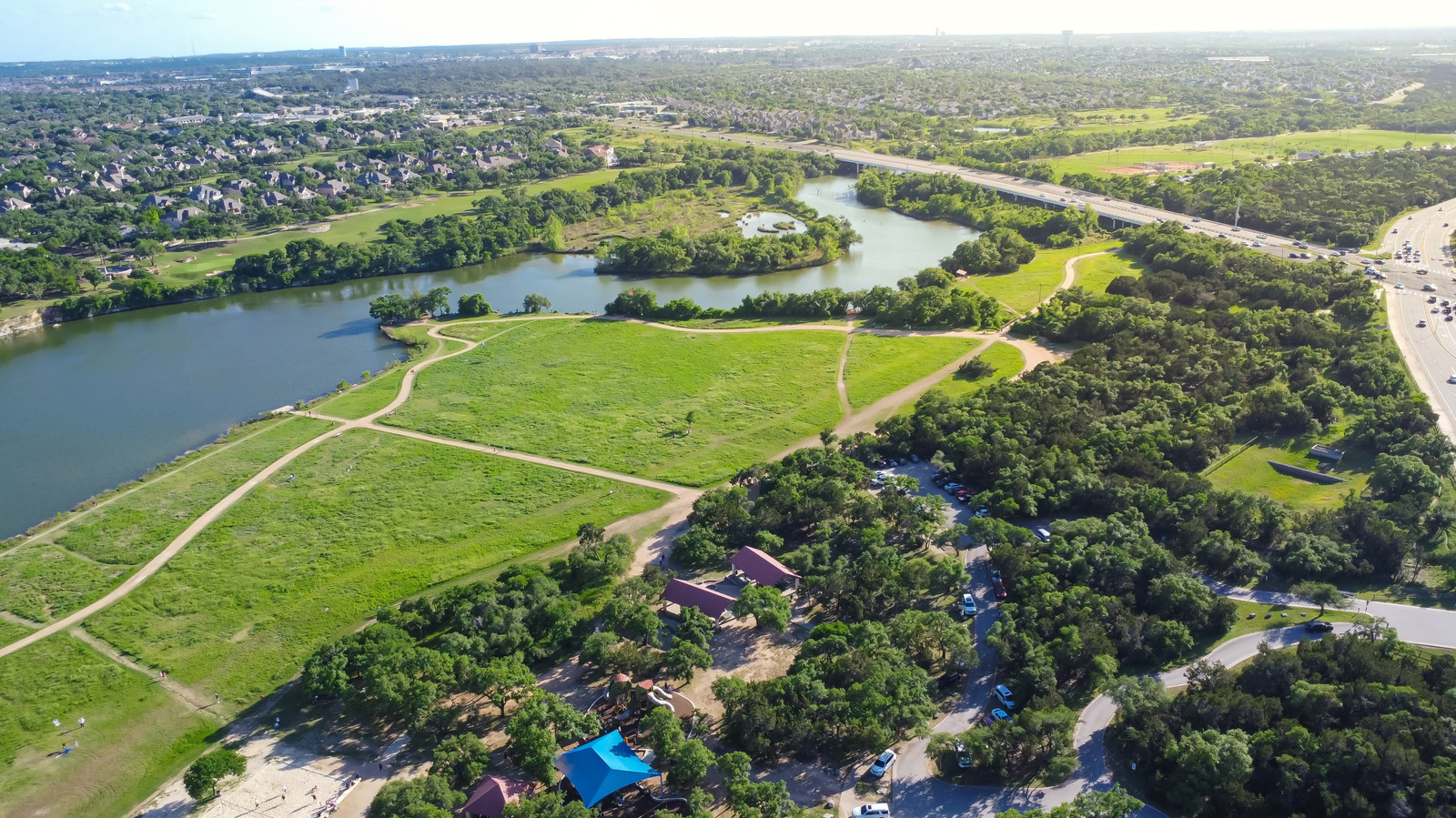
If it seems to Austinites like their city keeps growing year by year, they’re not wrong. Barring a minor dip from 2019 to 2020, the Texas capital not only continues to keep it weird, but also attracts more people day by day — especially from California. New residents join the nearly 2.5 million Texans within the Austin metro area (as of 2023) in enjoying Austin staple Torchy’s Tacos, pronouncing the neighborhood of Manchaca as MAN-shack, and taking a dip in Barton Springs in Zilker Park. And while the Austin metro area now spans past Round Rock in the north and the food-and-booze-infused San Marcos to the south, another Austin suburb is growing even faster than its parent city: Leander, along Route 183 about half an hour from downtown Austin.
A mere 7,600 people called little Leander home in 2000. In 2025, that number has exploded to nearly 93,000. Much of this completely bananas population growth can be attributed to the obvious, namely, Leander’s proximity to Austin. Owning a home in Austin is more expensive, making Leander an attractive alternative.
But Leander’s got a lot going for it, aside from cheaper prices. Though definitely a spread-out, decentralized suburb, Leander still has some of the same top-notch Texas barbecue places that folks can expect from Austin or anywhere else in the Lone Star State, some of which live along the gloriously-named Hero Way. Leander’s also got its fair share of independent boutiques that have absorbed some of Austin’s nearby quirk, like Wildfire Artisans, which operates out of an old train car. Then there’s Leander’s natural spaces, which are possibly its standout attraction. From the sprawling Garey Park to the picnic-perfect Devine Lake Park, Leander’s got no shortage of outdoor activities at the ready.
Dig into Leander’s extensive barbecue and shopping options
Any Texan or would-be Texan worth their salt — or sauce — will die on the hill of Texas barbecue being the greatest of barbecues. Super slow-cooked and juicy brisket stands at the forefront of Texas barbecue offerings, and a Leander barbecue joint like Stubblefield’s is no exception. Located right off Route 183, which runs all the way down the length of Leander, Stubblefield’s has a near-5.0 rating on Google. In a place like Texas, this is quite the high bar. And because we’re living near food truck heaven in Austin — a city with over 2,000 food trucks (although Hawaii takes the food truck crown) — Stubblefield’s is, naturally, a truck.
Stubblefield is also just five minutes away from two more barbecue places, Smoky Mo’s BBQ and Blue Corn Harvest Bar and Grill, on the aforementioned Hero Way. This is all on the north side of Leander, by the way. The south side has a similar barbecue strip along Whitestone Boulevard with four more barbecue places right in a row. One of them is even another Smoky Mo’s.
After swelling up with so much meat, why not poke around some of Leander’s quirky, cool, rustic, and sometimes twee shops? Leander Marketplace sits at the top of the list, an antiques-meets-oddball-goods flea market only open on the first Saturday of the month. It makes a perfect pair with the Hill Country Community Ministries Thrift Store, a short six-minute drive away. The women-focused boutique Turquoise Peacock Boutique, meanwhile, offers some beautiful, curated goods for customers, while The Hobby Shop is basically a brain-melting dream for any fan of high-quality model cars.
Explore Leander’s copious natural spaces
Leander is so festooned with natural spaces of all sizes and types that it’s almost more accurate to think of the city as Texan countryside with human habitation sprinkling within it. This is where we see the additional benefit of choosing to live in Leander rather than Austin, one enjoyed by its massive influx of residents. For potential residents who don’t mind the daily trade-off of city culture for nature (but keeping the barbecue and some of the shops, mind you), Leander is for you. And for travelers wanting a break from cities, but wanting to stay close enough to the city not to get lost in the wilderness, Leander is also for you.
Balcones Canyonland National Wildlife Refuge is one of the most prominent outdoor offerings around Leander, about 30 minutes west of the city. Around 1,000 acres of the 27,000-acre preserve are open to the public, acres that illustrate that Texas’ natural environment is way more complex than mere sand in the desert. Hiking and wildlife watching are the most obvious draws for visitors, as the park is home to 245 bird species (and brought the black-capped vireo back from being endangered). Ranger-led activities are also an option, as is limited hunting with a permit and via lottery.
Folks sticking directly within and around Leander will have no problem finding natural spaces, either. A small spot like Quest Village Park is basically a neighborhood park with a playground suitable for family ventures, dog walking, and so forth. Brushy Creek Lake Park, on the other hand, is a 90-acre, trail-focused, waterside park with a boat launch, exercise area, pavilions with grills, and more. Such options make it clear why Leander continues to grow so rapidly.
Austin, TX
Federal investigators call for stricter enforcement of seatbelt regulations
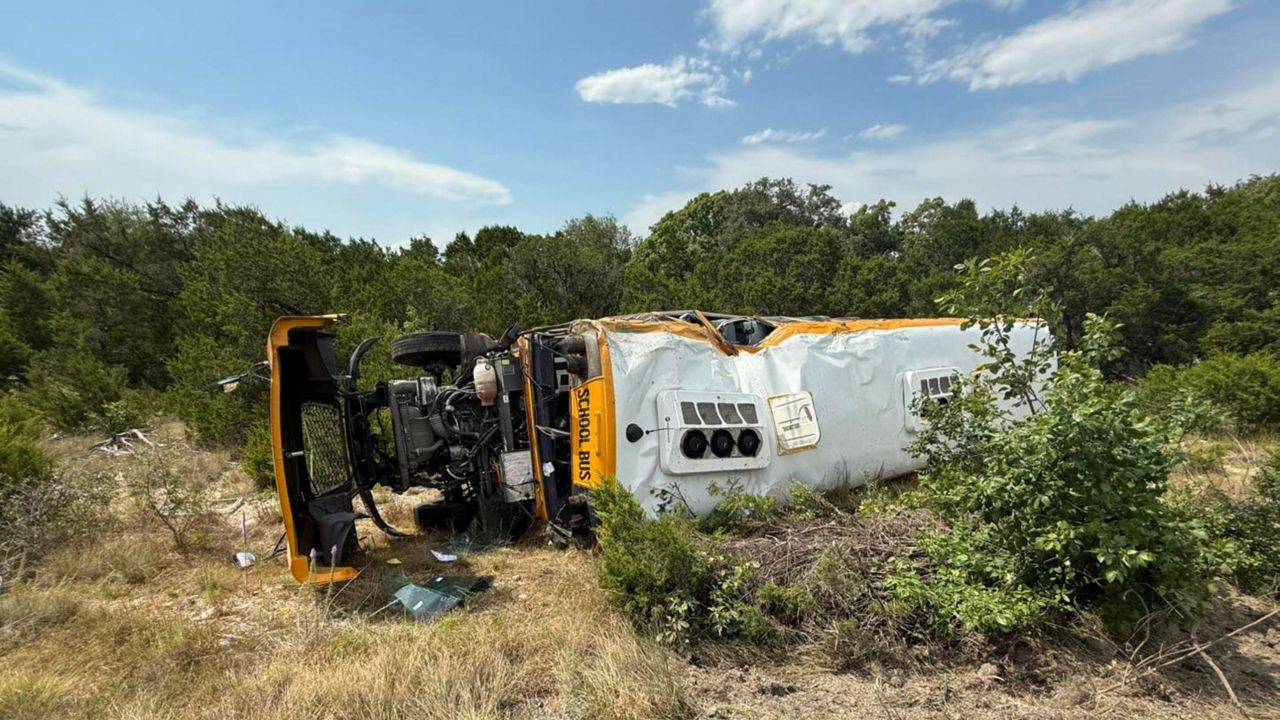
AUSTIN, Texas — Federal investigators are urging Leander school officials to ensure the proper use of seat belts on school buses following a review of an Aug. 13 school bus crash.
In an “urgent report” issued Tuesday, the National Transportation Safety Board found few students were wearing seatbelts despite the bus being equipped with passenger lap and shoulder belts. Investigators concluded the Leander school district “did not take sufficient action to ensure passengers were properly belted.”
The rollover crash occurred when a Leander school district bus veered off the road along Nameless Road near Palomino Drive. 46 elementary and middle school students and one adult were aboard the bus. Following the accident, seventeen people were taken to the hospital, but all were released the next day.
Texas code requires passengers on school buses equipped with seat belts to wear them; however, video footage showed that of 42 visible students, only six were wearing their seat belts, according to investigators.
The section of Nameless Road where the bus crashed is curved, and weather conditions at the time were rainy; however, investigators said the bus left the road “for an unknown reason,” according to the Austin American-Statesman.
Students who were unbelted or wore only the lap portion of a seat belt were more susceptible to injuries than those who wore a seat belt across their lap, the report said.
Investigators urged Leander schools to implement enforceable policies and procedures to ensure proper seat belt usage by every student and driver on a school bus equipped with seat belts. The report recommended mandatory driver instructions and routine audits to ensure passengers are properly wearing seat belts.
In a statement to families, Tracie Franco, the district’s senior director of transportation services said Leander “appreciate(s) the NTSB’s thorough review, which offers important lessons for school districts nationwide about ensuring consistent seat belt use on school buses,” according to the Austin American-Statesman.
The recommendations follow statewide initiatives to improve student transportation safety.
All Texas buses must carry seat belts, but currently many older buses don’t.
A new law enacted this year, Senate Bill 546, eliminated an exception for buses built before 2018 and required districts to report by the end of the year how many buses they operate or contract lack seat belts, have only two-point seat belts or have three-point seat belts. Districts must also report the cost of transitioning their bus fleets to three-point safety belts, seat belts that cover a rider’s lap and chest.
By Jan. 1, 2027, the Texas Education Agency must outline a report for the cost to equip all state school buses with seat belts.
This conversation follows a deadly bus crash in Bastrop County on March 22, 2024, that left a prekindergarten student and a 33-year-old man dead. The school bus did not have any safety belts.
Austin, TX
UIL bans foreign exchange students from Texas varsity sports

09 May 2014: Spectators assemble during the Texas state UIL meet at Mike A. Myers Stadium in Austin, Texas. (Photo by John Rivera/Icon SMI/Corbis/Icon Sportswire via Getty Images)
AUSTIN, Texas – The University Interscholastic League is making changes to who is eligible to participate in varsity high school athletics.
UIL’s legislative council met Sunday and Monday to discuss rule changes in high school athletics across Texas. Among the changes coming is a ban on foreign exchange students from participating in UIL varsity athletics beginning in the 2026-2027 school year. The change comes in response to concerns about competitive advantage and fairness to Texas student-athletes.
What they’re saying:
“Our Texas kids are not allowed to go to a town, a neighboring town, without moving there and play at the varsity level, but they are allowed to get on a plane and come across to our state and play immediately, taking the place many times of a community kid that has worked hard to get that position on an athletic team,” Dr. Aaron Hood, Robert Lee ISD Superintendent, said.
Some, like Barbers Hill ISD Superintendent Dr. Greg Poole, agreed on the decision to ban foreign exchange students from varsity sports, but hopes the measure leads the way to closing open enrollment.
“You can tell teams that have a higher percentage of foreign exchange. You can also tell teams that have a higher percentage of open enrollment athletes,” Poole said. “I understand that’s not politically popular, but I throw it out there for the sake of the coaches that I have that feel like it’s unfair. I guess I would just say I hope we pass this, and I hope it opens the door for other motions.”
The rule only applies to varsity athletics and not other areas that the UIL has policies for, like academics and music.
Other policies passed by UIL
- The council approved a two-year pilot program to allow optional water polo spring training that begins immediately. The program would allow for 15 practices in a 30-day period after the state swimming championship. The athletic committee said this would allow the sport’s practice time to be more inline with other sports.
- The pilot status is being removed from a policy that allows coaches to coach up to two players in state association all-star games. The program was given initial approval in 2024 and is being made a rule following two years of positive feedback.
- An amendment that would require all schools in a competitive district to be included in the district schedule.
- An amendment that would require all scrimmages for boys and girls soccer to be completed before the “first day for games.”
- An amendment that would modify the current requirements that a coach must be a full-time employee or a student teacher to allow for student coaches completing field-based coaching hours as part of a university program to volunteer as assistant coaches.
The Standing Committee on Athletics will continue to study some other proposals
- A proposal to add girls’ flag football
- A proposal regarding softball and baseball noisemakers
- A proposal to add an Ambulatory Adaptive Division for UIL Track and Field
- A proposal to award points for Adaptive Track and Field events at the UIL Trackand Field State Meet.
The Source: Information in this article comes from the Oct. 27, 2025, meeting of the UIL Legislative council.
-

 New York1 week ago
New York1 week agoVideo: How Mamdani Has Evolved in the Mayoral Race
-

 News1 week ago
News1 week agoVideo: Federal Agents Detain Man During New York City Raid
-

 News1 week ago
News1 week agoBooks about race and gender to be returned to school libraries on some military bases
-

 News1 week ago
News1 week agoVideo: Driver Crashes Car Into Security Gate Near White House
-

 News1 week ago
News1 week agoVideo: Inside Our Reporter’s Collection of Guantánamo Portraits
-

 Politics1 week ago
Politics1 week agoHunter Biden breaks silence on pardon from dad Joe: ‘I realize how privileged I am’
-

 Politics1 week ago
Politics1 week agoJack Smith defends subpoenaing Republican senators’ phone records: ‘Entirely proper’
-

 World1 week ago
World1 week agoTrump to host NATO chief at White House as Putin meeting collapses

